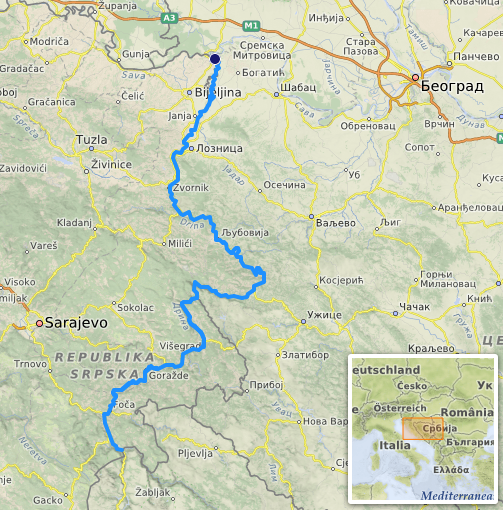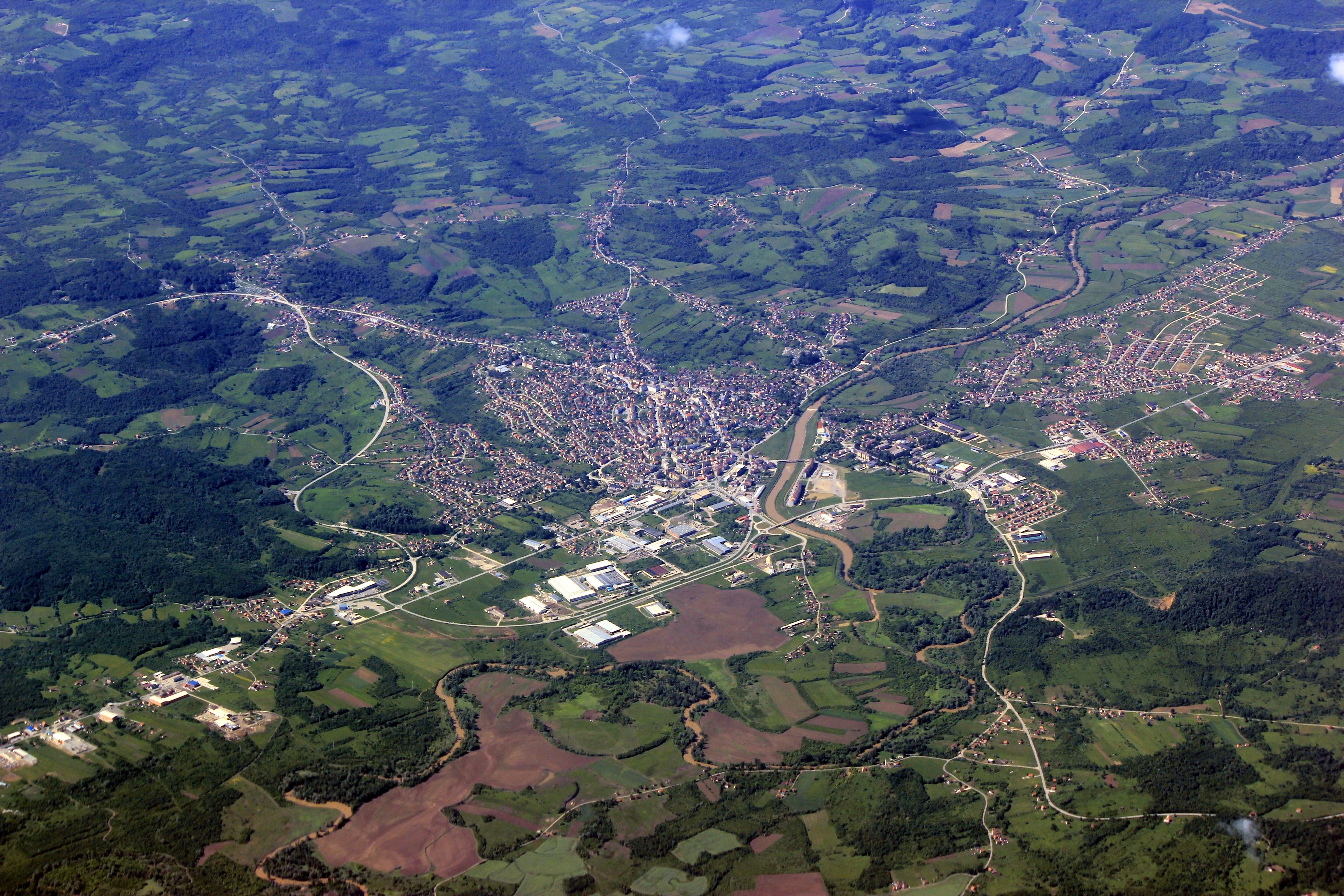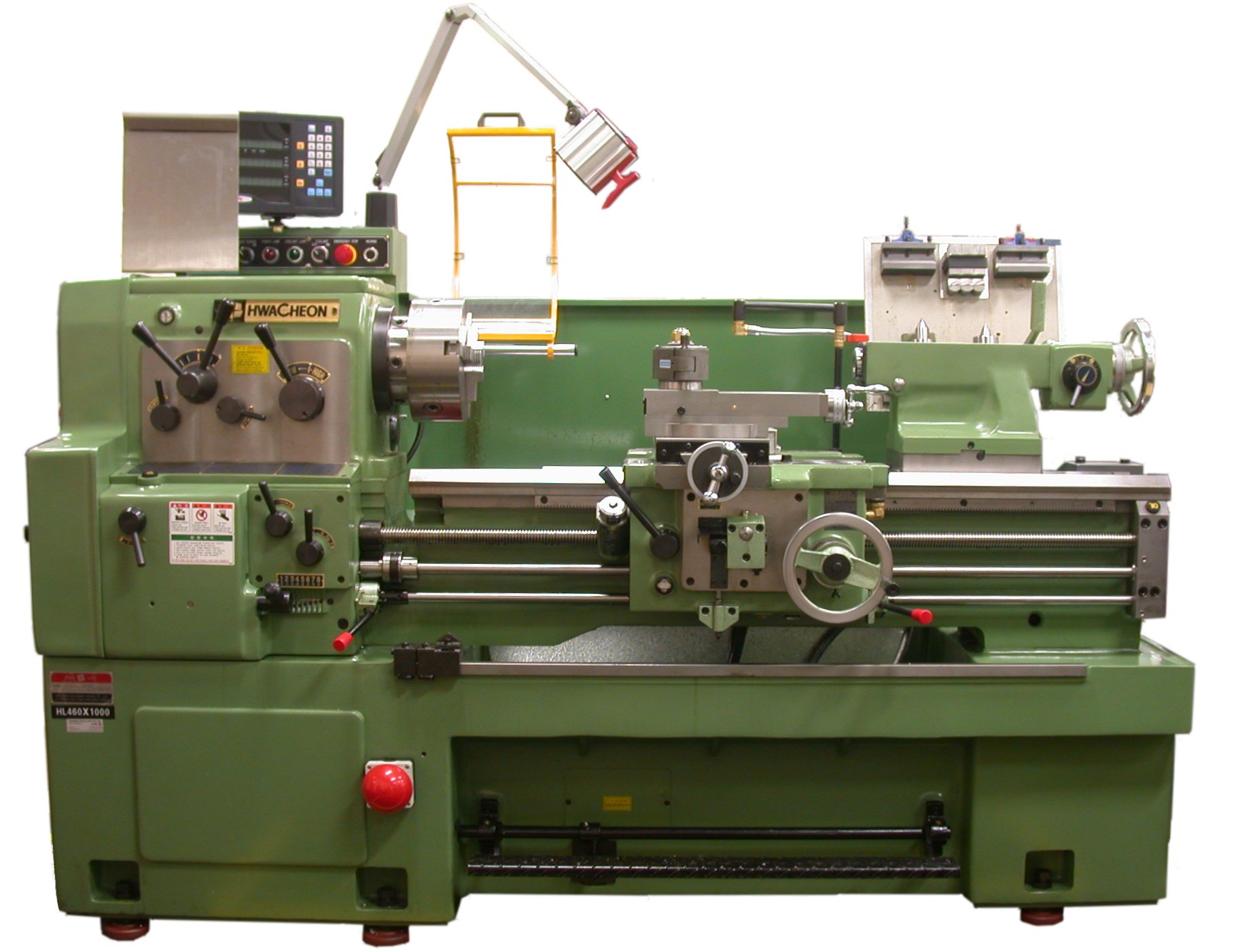|
Miloš Savčić
Miloš Savčić (Svilajnac, 26 July 1865 – Belgrade, 9 March 1941) was a Serbian politician, businessman, engineer, banker and entrepreneur who was one of the richest Europeans of his time. Savčić served as Minister of Construction, Mayor of Belgrade, advisor, and manager of numerous economic facilities in the Kingdom of Serbia and the Kingdom of Yugoslavia. He is considered to be one of the most influential Serbs of his time. Early life and education He was born in Svilajnac, in Resava, on 26 July 1865 (Old Style) to Teodor and Jelena Savčić. His father was a well-to-do merchant. In his hometown, he finished both elementary school and high school, and in Belgrade, in 1885 he graduated with a B.Sc. from Grandes écoles. For his post-graduate studies, he went to Germany and enrolled at the Technical University of Munich. In 1889 he graduated from the master's program in Civil Engineering. His professor was Carl von Linde. Engineer in Munich After completing his studies, at ... [...More Info...] [...Related Items...] OR: [Wikipedia] [Google] [Baidu] |
Svilajnac
Svilajnac ( sr-cyr, Свилајнац, ) is a town and municipality located in the Pomoravlje District of central Serbia. The population of the town is 8,593 inhabitants, while the municipality has 20,141 inhabitants (2022 census). It is located south-east of Belgrade, on the banks of the river Resava, and bordering the river Morava. Its name stems from the word for silk in Serbian. History Svilajnac was first mentioned in Ottoman records in 1467 as a village with a hundred households. The village, and later town, gained prominence through its silk production, from which it derives its name (''svila'', "silk"). Located in central Serbia, it flourished as a trading center, where silk, wool and livestock were traded. The First Serbian Uprising revolutionary Stevan Sinđelić was born in the village of Grabovac near Svilajnac. His birth house serves as an exhibition space with a display depicting the period of the First Serbian Uprising, including original furniture from ... [...More Info...] [...Related Items...] OR: [Wikipedia] [Google] [Baidu] |
Luka Ćelović
Luka Ćelović also known as Luka Ćelović-Trebinjac ( sr-cyr, Лука Ћеловић; 18 October 1854 – 15 August 1929) was a Serbian businessman, merchant and rentier. At the beginning of the 20th century, he was one of the richest and influential people in Serbia, a patriot and a great benefactor, also a philanthropist of education. He was the first president of the Belgrade Cooperative. In 1902, with Milorad Gođevac, he founded the Serbian Chetnik Organization in Belgrade. Biography Ćelović was born in Pridvorci, near Trebinje. He finished his grammar school in Trebinje, Banja Luka and Brčko, and after basic education, he was denied higher education by Turkish authorities. Instead of languishing there he left Bosnia and Hercegovina in 1872 for Belgrade, where Archimandrite Nićifor Dučić, a family friend, found him a job as an apprentice in then famous store held by Radosavljević & Ignjatijević. Three years later, when Herzegovina Uprising (1875-1878) began, ... [...More Info...] [...Related Items...] OR: [Wikipedia] [Google] [Baidu] |
Sawmill
A sawmill (saw mill, saw-mill) or lumber mill is a facility where logging, logs are cut into lumber. Modern sawmills use a motorized saw to cut logs lengthwise to make long pieces, and crosswise to length depending on standard or custom sizes (dimensional lumber). The Portable sawmill, "portable" sawmill is simple to operate. The log lies flat on a steel bed, and the motorized saw cuts the log horizontally along the length of the bed, by the operator manually pushing the saw. The most basic kind of sawmill consists of a chainsaw and a customized jig ("Alaskan sawmill"), with similar horizontal operation. Before the invention of the sawmill, boards were made in various manual labour, manual ways, either wood splitting, rived (split) and plane (tool), planed, hewing, hewn, or more often hand sawn by two men with a whipsaw, one above and another in a saw pit below. The earliest known mechanical mill is the Hierapolis sawmill, a Roman water-powered stone mill at Hierapolis, Asia M ... [...More Info...] [...Related Items...] OR: [Wikipedia] [Google] [Baidu] |
Danube
The Danube ( ; see also #Names and etymology, other names) is the List of rivers of Europe#Longest rivers, second-longest river in Europe, after the Volga in Russia. It flows through Central and Southeastern Europe, from the Black Forest south into the Black Sea. A large and historically important river, it was once a frontier of the Roman Empire. In the 21st century, it connects ten European countries, running through their territories or marking a border. Originating in Germany, the Danube flows southeast for , passing through or bordering Austria, Slovakia, Hungary, Croatia, Serbia, Romania, Bulgaria, Moldova, and Ukraine. Among the many List of cities and towns on the river Danube, cities on the river are four national capitals: Vienna, Bratislava, Budapest, and Belgrade. Its drainage basin amounts to and extends into nine more countries. The Danube's longest headstream, the Breg (river), Breg, rises in Furtwangen im Schwarzwald, while the river carries its name from its ... [...More Info...] [...Related Items...] OR: [Wikipedia] [Google] [Baidu] |
Sava
The Sava, is a river in Central Europe, Central and Southeast Europe, a right-bank and the longest tributary of the Danube. From its source in Slovenia it flows through Croatia and along its border with Bosnia and Herzegovina, and finally reaches Serbia, feeding into the Danube in its capital, Belgrade. The Sava is long, including the Sava Dolinka headwater rising in Zelenci, Slovenia. It is the largest List of tributaries of the Danube, tributary of the Danube by volume of water, and the second-largest after the Tisza in terms of catchment area () and length. It drains a significant portion of the Dinaric Alps region, through the major tributaries of Drina, Bosna (river), Bosna, Kupa, Una (Sava), Una, Vrbas (river), Vrbas, Lonja, Kolubara, Bosut (river), Bosut and Krka (Sava), Krka. The Sava is one of the longest rivers in Europe and among the longest tributaries of another river. The population in the Sava River basin is estimated at 8,176,000, and is shared by three capit ... [...More Info...] [...Related Items...] OR: [Wikipedia] [Google] [Baidu] |
Drina
The Drina ( sr-Cyrl, Дрина, ) is a long river in the Balkans, which forms a large portion of the border between Bosnia and Herzegovina and Serbia. It is the longest tributary of the Sava River and the longest karst river in the Dinaric Alps which belongs to the Danube River drainage basin. Its name is derived from the Roman name of the river () which in turn is derived from Greek (Ancient Greek: ) which is derived from the native name of Illyrian origin. But, this etymology is not sure.Illyrian languages are poorly documented (only ~50 glosses, mostly personal/place names). - No surviving texts exist, unlike Thracian (which has ~200 inscriptions and loanwords in Greek). - Scholars often label any pre-Slavic Balkan hydronym as "Illyrian" by default, even without proof.We don’t know if Drinus was Illyrian, Thracian, or another lost Paleo-Balkan language. - The safest claim: Drina derives from a ancient Indo-European root (*dhreu-*), preserved in Latin Drinus, but i ... [...More Info...] [...Related Items...] OR: [Wikipedia] [Google] [Baidu] |
Zvijezda (river)
Zvijezda in some Slavic languages means "star", and may refer to: * Zvijezda (mountain near Drina), a mountain on the border of Serbia and Bosnia and Herzegovina * Zvijezda, Vareš, a village in central Bosnia * Zvijezda (mountain near Vareš), a mountain in central Bosnia * NK Zvijezda Gradačac, a football club from Bosnia and Herzegovina * Zvijezda (company), an edible oil manufacturing company from Croatia * Zvijezda, Karlovac, a section of the city of Karlovac Karlovac () is a city in central Croatia. In the 2021 census, its population was 49,377. Karlovac is the administrative centre of Karlovac County. The city is located southwest of Zagreb and northeast of Rijeka, and is connected to them via the ..., Croatia See also * Zvezda (other) {{disambiguation ... [...More Info...] [...Related Items...] OR: [Wikipedia] [Google] [Baidu] |
Crni Vrh (Knjaževac)
Crni Vrh is a village in the municipality of Knjaževac, Serbia , image_flag = Flag of Serbia.svg , national_motto = , image_coat = Coat of arms of Serbia.svg , national_anthem = () , image_map = , map_caption = Location of Serbia (gree .... According to the 2002 census, the village has a population of 133 people.Popis stanovništva, domaćinstava i Stanova 2002. Knjiga 1: Nacionalna ili etnička pripadnost po naseljima. Republika Srbija, Republički zavod za statistiku Beograd 2003. References Populated places in Zaječar District {{ZaječarRS-geo-stub ... [...More Info...] [...Related Items...] OR: [Wikipedia] [Google] [Baidu] |
Derventa
Derventa ( sr-cyrl, Дервента) is a city in Republika Srpska, Bosnia and Herzegovina. It is situated in the Posavina region, northwest of the city of Doboj. As of 2013, the town has a total of 11,631 inhabitants, while the municipality has 27,404 inhabitants. Geography The Derventa municipality borders Brod, Bosnia and Herzegovina, Brod, Modriča, Doboj, Stanari, Prnjavor, Bosnia and Herzegovina, Prnjavor and Srbac, as well as Croatia across the Sava river. It has an area of . The town of Derventa lies on the river Ukrina, and roads lead from it to Brod, Kotorsko (Doboj), Prnjavor (Banja Luka) and Srbac. The town has a suburb called ''Derventski Lug'', which has grown substantially in recent years due to the growth of the municipality. History From 1929 to 1939, Derventa was part of the Vrbas Banovina and from 1939 to 1941 of the Banovina of Croatia within the Kingdom of Yugoslavia. Prior to the Bosnian War, there was a significant population of ethnic Croats of Bosnia ... [...More Info...] [...Related Items...] OR: [Wikipedia] [Google] [Baidu] |
Tara (mountain)
Tara ( sr-Cyrl, Тара, ) is a mountain in western Serbia. It is part of the Dinaric Alps and stands at above sea level. The mountain's slopes are clad in dense forests with numerous high-elevation clearings and meadows, steep cliffs, deep ravines carved by the nearby Drina River, and many karst caves. The mountain is a popular tourist centre. Tara National Park encompasses a large part of the mountain. The highest peak is Zborište, at . National park Initial attempts at protecting parts of the mountain occurred in the 19th century. Soon after Serbia's Institute for the Nature Protection was founded in 1948, six reserves were declared on the mountain in 1950. They were followed by an additional three in the 1960s and the 1970s. Tara National Park was established in July 1981. It encompasses Tara and part of the Zvijezda mountain, in a large bend of the Drina River. The area of the park originally was with altitudes varying from above sea level. On 5 October 2015, the Nat ... [...More Info...] [...Related Items...] OR: [Wikipedia] [Google] [Baidu] |
First World War
World War I or the First World War (28 July 1914 – 11 November 1918), also known as the Great War, was a World war, global conflict between two coalitions: the Allies of World War I, Allies (or Entente) and the Central Powers. Fighting took place mainly in European theatre of World War I, Europe and the Middle Eastern theatre of World War I, Middle East, as well as in parts of African theatre of World War I, Africa and the Asian and Pacific theatre of World War I, Asia-Pacific, and in Europe was characterised by trench warfare; the widespread use of Artillery of World War I, artillery, machine guns, and Chemical weapons in World War I, chemical weapons (gas); and the introductions of Tanks in World War I, tanks and Aviation in World War I, aircraft. World War I was one of the List of wars by death toll, deadliest conflicts in history, resulting in an estimated World War I casualties, 10 million military dead and more than 20 million wounded, plus some 10 million civilian de ... [...More Info...] [...Related Items...] OR: [Wikipedia] [Google] [Baidu] |
Lathe
A lathe () is a machine tool that rotates a workpiece about an axis of rotation to perform various operations such as cutting, sanding, knurling, drilling, deformation, facing, threading and turning, with tools that are applied to the workpiece to create an object with symmetry about that axis. Lathes are used in woodturning, metalworking, metal spinning, thermal spraying, reclamation, and glass-working. Lathes can be used to shape pottery, the best-known design being the Potter's wheel. Most suitably equipped metalworking lathes can also be used to produce most solids of revolution, plane surfaces and screw threads or helices. Ornamental lathes can produce three-dimensional solids of incredible complexity. The workpiece is usually held in place by either one or two ''centers'', at least one of which can typically be moved horizontally to accommodate varying workpiece lengths. Other work-holding methods include clamping the work about the axis of rotation using a ... [...More Info...] [...Related Items...] OR: [Wikipedia] [Google] [Baidu] |






